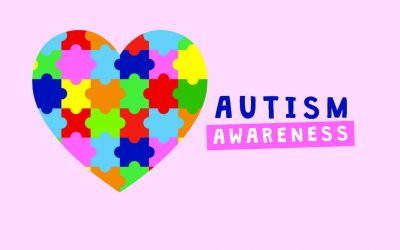Problem Solving for ASD Children
Sherry Miller, MHSA, BSc.
Dr. E. H. MacKenzie, Speech Language Pathologist.
Problem solving around behaviors for children with Autistic Spectrum Disorders can be a time consuming and frustrating process if you let it. This task is much less daunting if you take a systematic approach to analyzing what may be happening internally and externally for both the child, as well as yourself, as parent or professional. The attached chart can help you walk through the steps of determining what may be at the root of the child’s behavior.
It’s important to remember that if you are automatically jumping to any of steps 5 through 8, without thinking through steps 1 to 4 you are likely jumping to conclusions and projecting the problem onto something or somebody else. You will not be actively problem solving to effectively develop proactive strategies to avoid behaviors in the future.
This will also be apparent in your ABC (antecedent, behavior and consequence) tracking sheet as not enough emphasis or thought will be placed on looking at all the triggers or individual and environmental factors. It will simply reflect tracking and recording behavior. If you use this systematic process and carefully record all antecedent information, you’ll likely solve the problem in no time and also know what not to do, or to do, in the future. If not, then data on the ABC sheet itself becomes a valuable problem solving tool to use in brainstorming with school staff and other professionals.
It’s also important to always bear in mind that children are not mis-behaving for no reason. It may not be apparent to you but the child is frustrated and attempting to communicate something to you. It’s your role to be the “detective” and to not take behaviors personal. Remember you’re the adult. The one with the advanced problem solving and communication skills.
See accompanying chart here.


